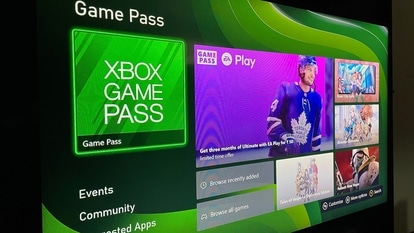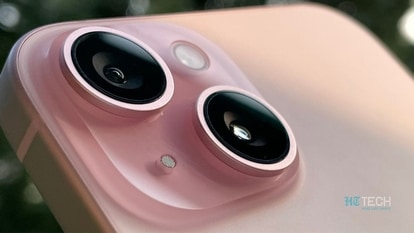NASA demonstrates Laser Communications on ISS with ILLUMA-T Payload
NASA is set to showcase the potential of laser communications for space missions with the launch of the ILLUMA-T payload to the International Space Station (ISS) this November.
5 asteroids to pass close to the Earth today! NASA reveals size, speed and more
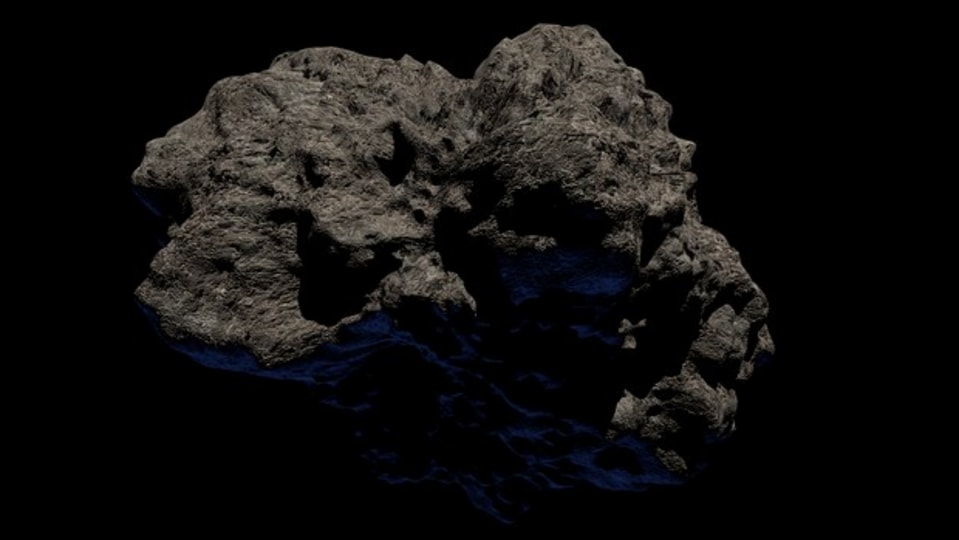
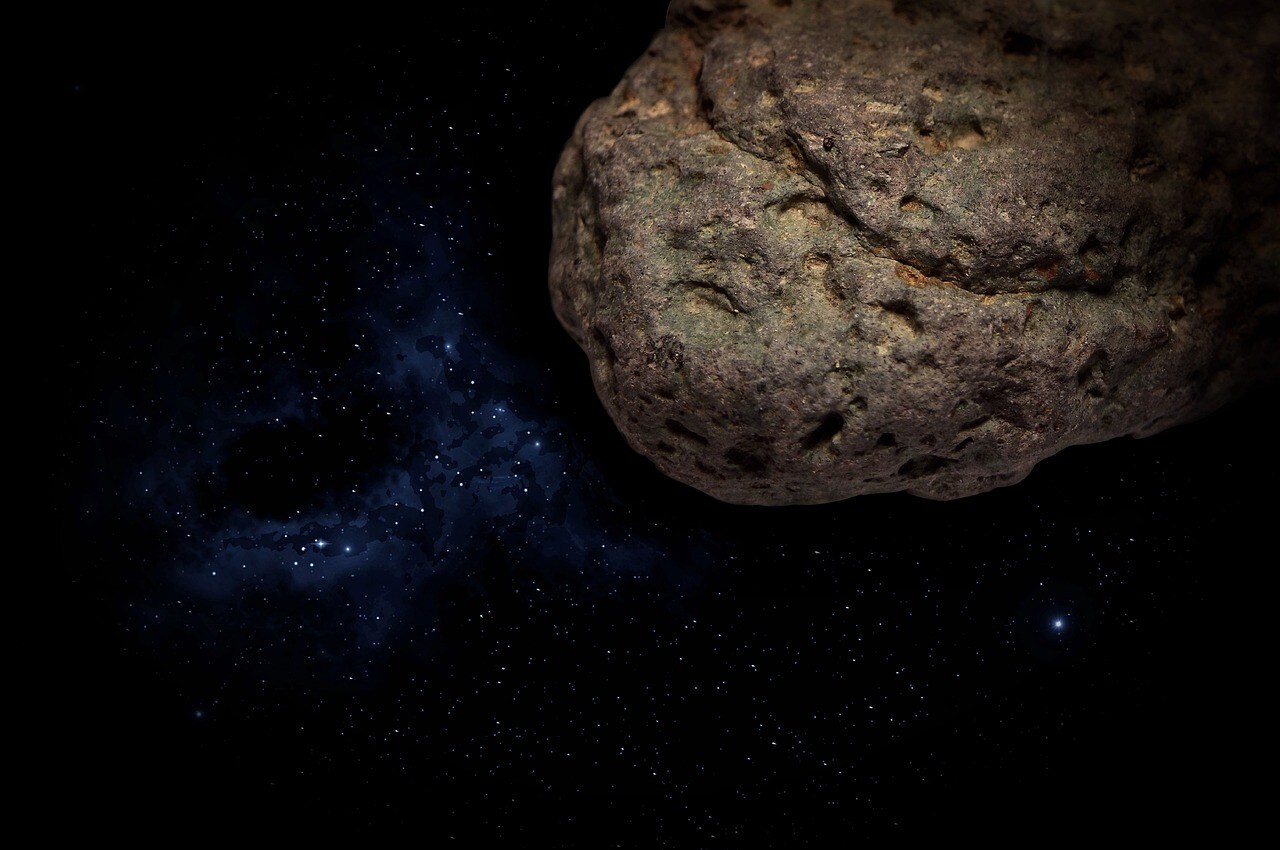
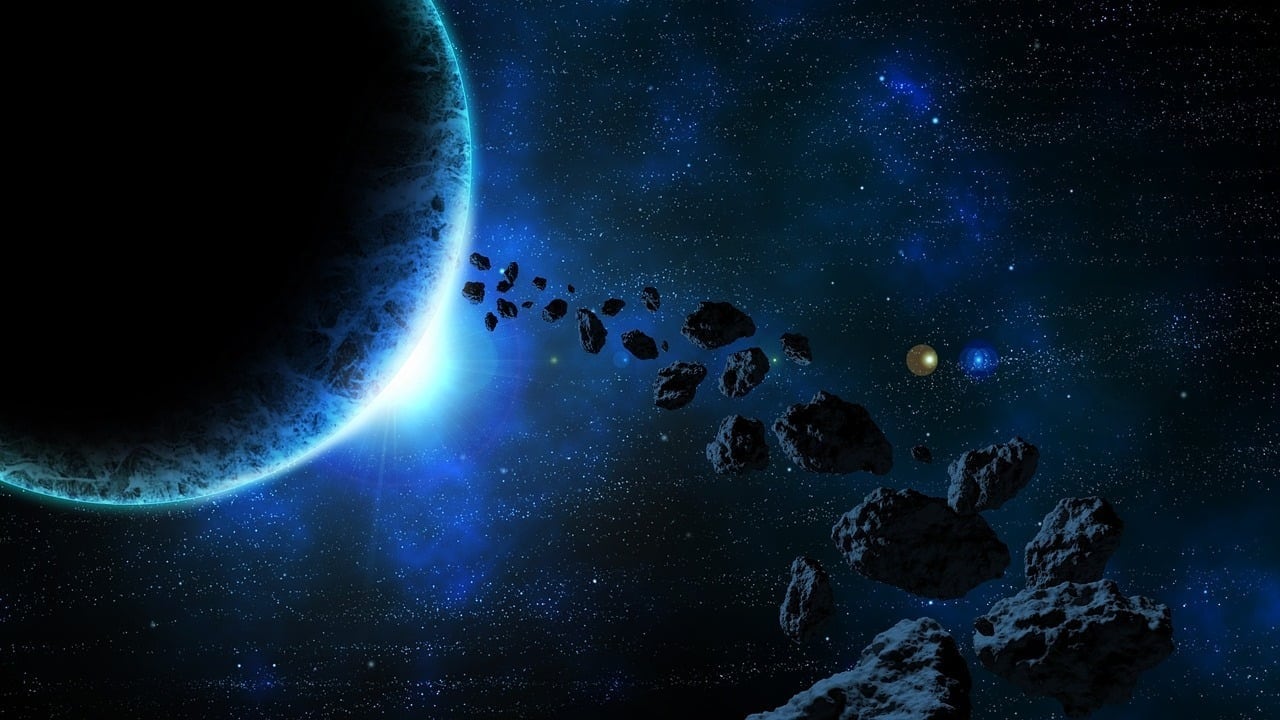
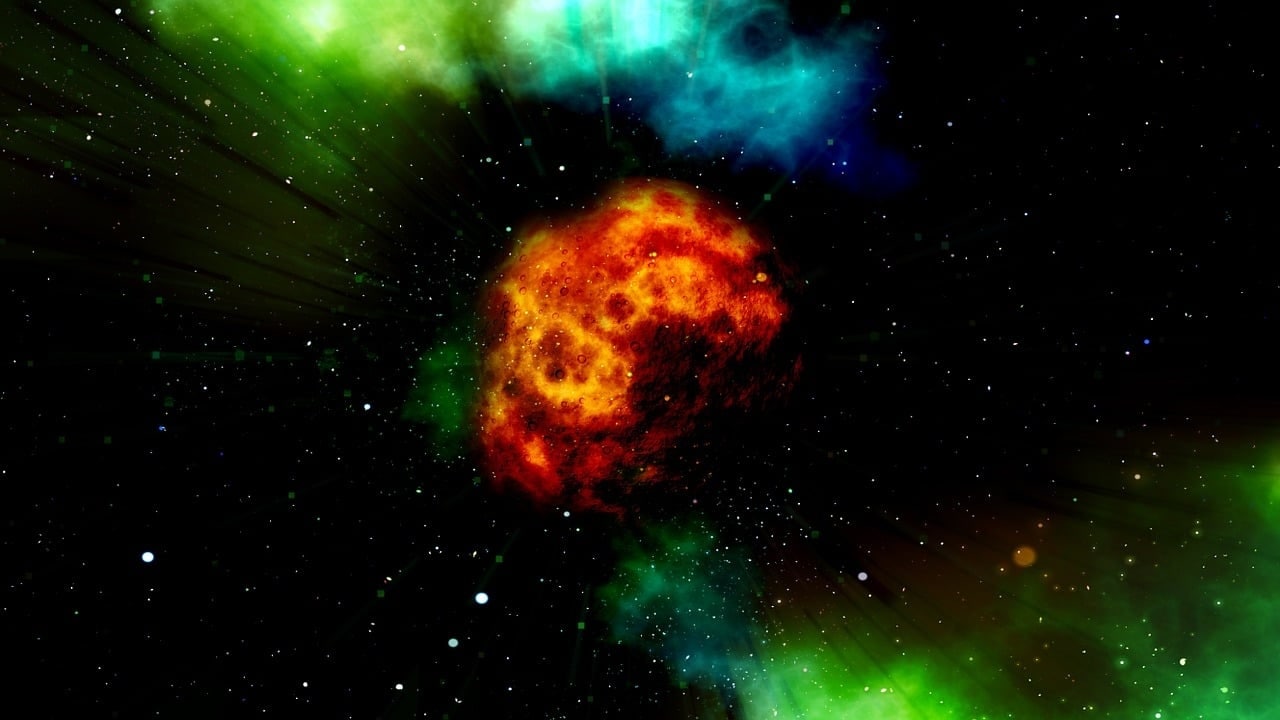
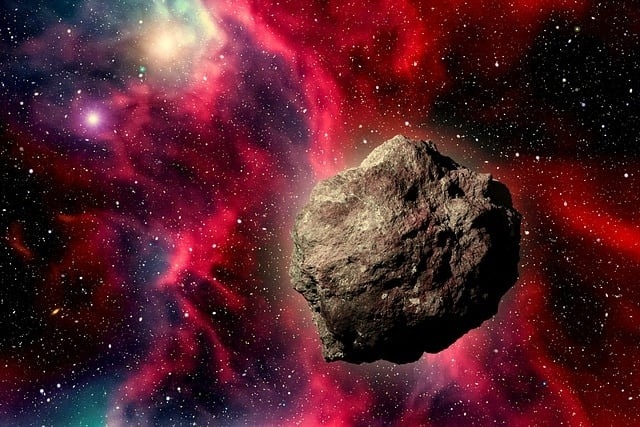
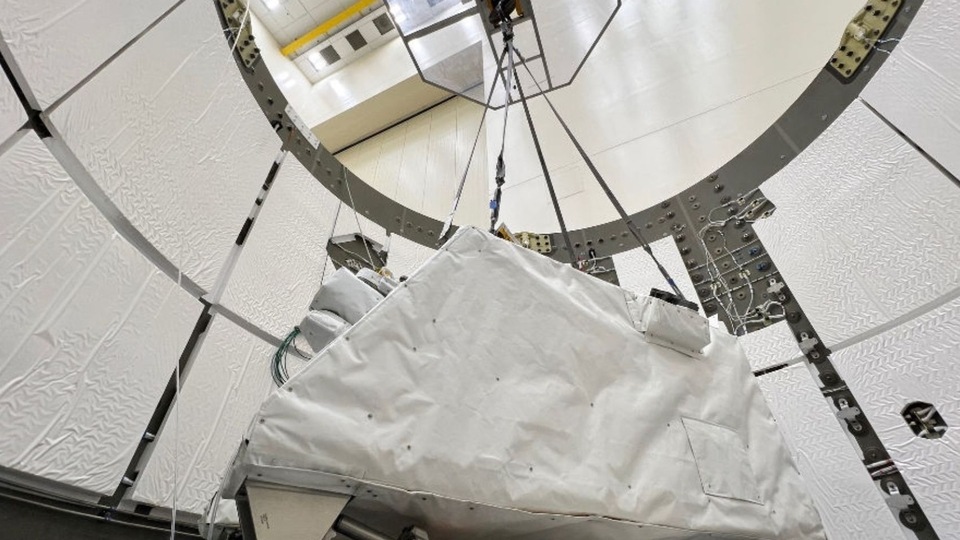
 View all Images
View all ImagesNASA is set to showcase the potential of laser communications for space missions with the launch of the ILLUMA-T payload to the International Space Station (ISS) this November. This innovative technology will significantly enhance data transmission capabilities, offering faster and more efficient communication between the ISS and Earth, benefiting researchers and space exploration.
- NASA is advancing laser communication technology through missions like ILLUMA-T (Integrated Laser Communications Relay Demonstration Low Earth Orbit User Modem and Amplifier Terminal) to improve data transmission from space.
- Laser communications use invisible infrared light to enable higher data rates, allowing spacecraft to send more data back to Earth in a single transmission, benefiting researchers.
- ILLUMA-T, managed by NASA's Space Communications and Navigation program, will demonstrate two-way laser communication relay when installed on the International Space Station (ISS).
- The optical module of ILLUMA-T, equipped with a telescope and gimbal, tracks the Laser Communications Relay Demonstration (LCRD) in geosynchronous orbit. The payload is about the size of a microwave.
- ILLUMA-T will relay data from the ISS to LCRD at 1.2 gigabits-per-second, which will then send the data to optical ground stations in California or Hawaii.
- From these ground stations, the data will be routed to the LCRD Mission Operations Center and then to ILLUMA-T ground operations teams at NASA's Goddard Space Flight Center in Maryland for quality assessment.
- ILLUMA-T's collaboration with LCRD aims to enhance space communication capabilities and potentially become an operational part of the ISS, enabling higher data transfer rates.
- 8.Historically, the ISS relied on radio frequency relay satellites, but laser communications offer a significant improvement in data transmission.
- Laser communications hold great promise for researchers conducting experiments on the ISS, providing faster data transfer and the ability to send more data back to Earth.
- NASA's goal is to integrate laser communications within its space communication networks, benefiting both near-Earth and deep space exploration.
Catch all the Latest Tech News, Mobile News, Laptop News, Gaming news, Wearables News , How To News, also keep up with us on Whatsapp channel,Twitter, Facebook, Google News, and Instagram. For our latest videos, subscribe to our YouTube channel.
First Published Date: 27 Oct, 07:18 IST
Trending:
10 stunning star clusters captured by nasa’s hubble telescope
nasa hubble space telescope captures these 10 stunning astronomy images
10 celestial images captured by nasa hubble space telescope in 2024
nasa hubble telescope unveils 10 stunning star cluster images
nasa call for budding astronomers: how you can help observe and track asteroids in space
81-foot asteroid to pass earth soon, says nasa; know details
aeroplane-sized asteroid may pass earth at a close distance today, nasa reveals
gta 5 hidden mysteries: players discover underwater ufo beneath the pacific ocean
amor asteroid to pass earth at close quarters today, reveals nasa
nasa near space network empowers pace climate mission with new tech- all details and why it’s important
NEXT ARTICLE BEGINS

























